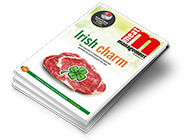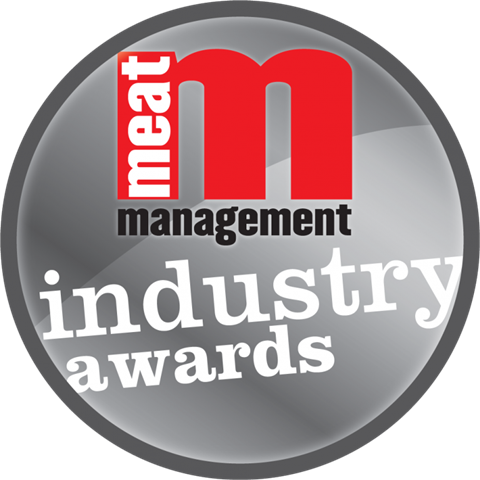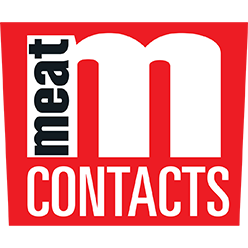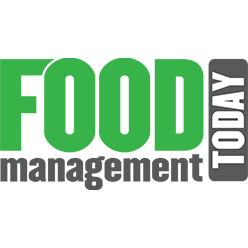Quality Meat Scotland (QMS) has released its Summer 2025 Red Meat Snapshot, as US tariffs introduce “complexity” to global trade.

Iain Macdonald, market intelligence manager at QMS, highlighted the key points within each market, finding that US trade may cause commodity price swings for the rest of the year.
Beef market
Prime cattle prices edged higher in July, following a period of lower slaughter that helped to rebalance the market after a volatile spring. Despite prices being 10% below their spring peak, they remained about a third higher than last year in late July.
Attractive finished cattle prices and reduced numbers supported a stronger store trade compared to 2024, the levy body found. Cow prices have stabilised around 6% below their spring peak, with low seasonal slaughter and demand for manufacturing beef underpinning the market relative to prime beef.
In the Republic of Ireland, a sharp reduction in slaughter during July pushed prime cattle prices up to Scottish levels. Slaughter is still expected to increase seasonally again in autumn, but it could struggle to match 2024 levels, potentially affecting competition for cattle. However, higher prices are likely to have some impact on demand.
Defra figures show a nearly 5% reduction in GB prime cattle slaughter in the first half of 2025, contributing to higher farmgate prices. Lower cow beef production also helped reduce overall UK beef production by nearly 4% in the same period.
A tight UK market in spring led to lower exports and a rise in imports from non-EU countries, which eased supply chain price pressures. Low slaughter in Scotland through June and July suggests a build-up of stock on farms, with QMS stating that a rebound in the kill in late July was likely to continue through August and September. However, overall numbers are expected to tighten year-on-year due to a smaller pool of prime cattle under two years old. A slight rebound in calf registrations suggests production could stabilise in 2026 and 2027, supporting long-term demand driven by population growth.
QMS said its partnership campaign with the Scottish Red Meat Resilience Group, Meating Our Potential, highlighted this domestic opportunity.
Sheep market
Lamb prices remained close to their new-season peak in late July despite increases in auction and abattoir throughput over 2024 levels in Scotland. However, numbers remain soft compared to pre-2024. In England and Wales, lamb throughput has been more stable than usual, said QMS, suggesting that this was possibly due to delayed finishing caused by sluggish grass growth, supporting firm prices.
UK lamb exports “surged” in the spring, supported by a fall in EU sheepmeat production. However, QMS found that wholesale prices in Paris fell seasonally in July, tightening export margins but not affecting GB farmgate prices.
UK sheepmeat imports increased in spring but may have slowed in June and July due to tighter supply in New Zealand, QMS suggested. Higher lamb prices in the Southern Hemisphere, reflecting lower production and strong demand, likely pushed UK import prices higher, potentially setting a stronger market floor. The impact of upcoming US tariffs on Australian and New Zealand lamb remains to be seen.
Pig market
Pig prices followed a normal seasonal rise in July, narrowing year-on-year declines to within 1%. Prices remain 10-15% above the five-year average and slightly above production costs, supporting producer confidence.
Defra data showed increased prime pig slaughter in GB in the first half of 2025, continuing the rise from 2024, though still below the five-year average. Scottish pig numbers sent for slaughter fell slightly, but the abattoir kill in Scotland rose, signalling strong demand.
UK pig supply grew by about 4% in 2024 and increased further in early 2025 due to higher domestic production, with sluggish EU imports and modest export growth mostly to China. Improved market access and reduced US pork shipments to China supported this export growth.
Economic outlook
QMS highlighted that US trade policy and exchange rate volatility may cause commodity price swings in 2025. A lower US dollar could reduce input costs but may also affect export margins, said the levy body, while energy prices remain elevated in Europe as feed costs face downward pressure due to positive harvests.
ONS data showed earnings growth remained above inflation in the spring, supporting spending on red meat despite higher prices limiting volume growth. Business surveys continue to point to a fairly flat economy, indicating weak demand and some private sector job cuts, with consumer confidence remaining low as some positivity around personal finances is offset by economic uncertainty.
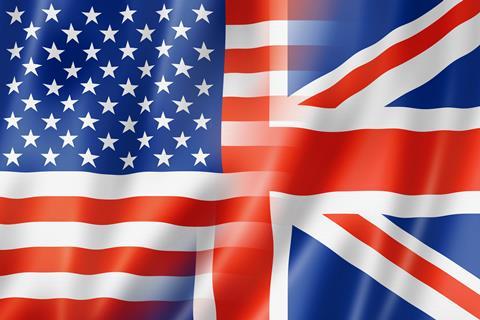
US import tariffs
US tariffs on beef and lamb from several countries, including Brazil, Argentina, Australia, Uruguay and New Zealand, introduced complexity to global trade and are likely to result in market disruptions as supply chains react. China’s higher tariffs on US pork and beef have squeezed margins and volumes, while the export approval for China for many US beef sites has been allowed to lapse.
These shifts present opportunities for UK exporters as gaps open in the US and the other markets as product is displaced. The UK’s new 13,000-ton beef quota in the US, with favourable tariffs, may open in 2026, which QMS said would offer “further potential”.
